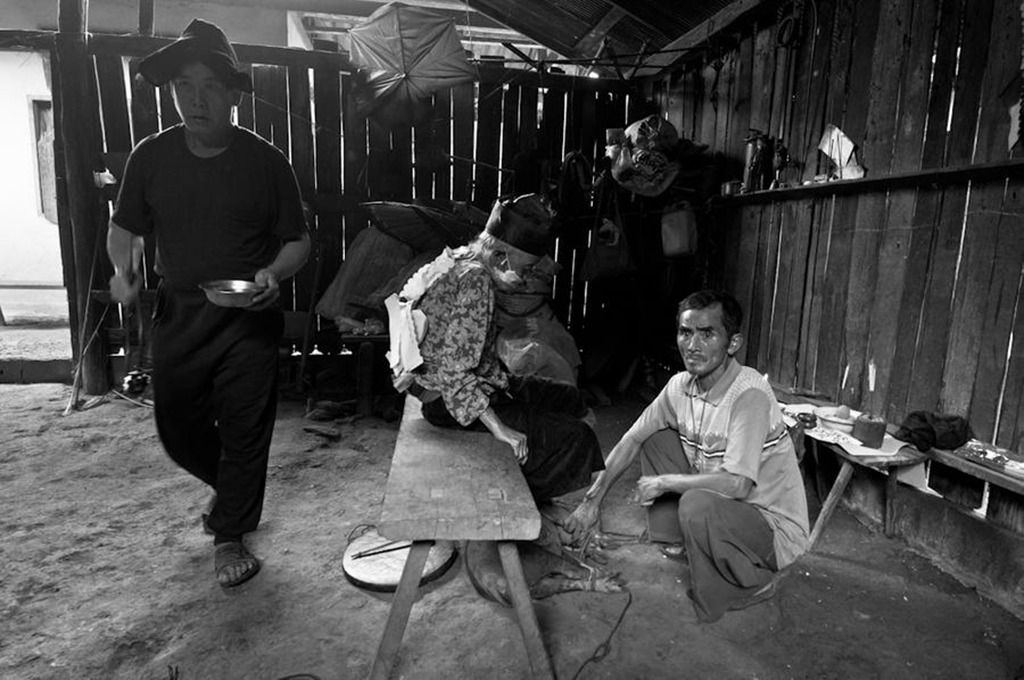
Puppy Sacrifice: Native Americans Sacrificed Dogs for Their Sun Dances
Exploring Hmong Shamanism: A Deep Dive into Cultural and Spiritual Practices
Exploring Hmong Shamanism and Cultural Misunderstandings – This blog dives into the complex world of Hmong shamanism, its roots in spiritual healing, and the controversies it faces in modern America. It examines the tension between religious freedom and cultural acceptance, exploring myths, rituals, and the intersection of traditional and Western medicine. The discussion highlights the importance of understanding diverse beliefs and respecting the histories behind them, fostering a more inclusive dialogue on spirituality and cultural identity.

Exploring Hmong Shamanism: Tradition, Controversy, and Cultural Understanding
Hmong Shamanism, an ancient spiritual practice rooted in animism, remains a central part of the Hmong cultural identity for many. Despite its deep cultural and spiritual significance, the practice often faces scrutiny and misunderstanding, particularly in Western contexts. This blog post examines the nuances of Hmong Shamanism, its role in healthcare and spirituality, and the broader implications for religious freedom and cultural acceptance in America.
Hmong Shamanism: A Brief Overview
Shamanism within the Hmong community involves communication with spirits, rituals to restore health, and balancing the body and soul. As explained in various studies, including Gregory A. Plotnikoff and others’ research, shamans are believed to be chosen by ancestral spirits, equipped to bridge the living and spiritual worlds. This role often complements Western medicine, offering holistic approaches to healing.
For example, shamans conduct rituals like ua neeb saib (observing rituals) to diagnose spiritual imbalances before performing ua neeb kho (healing rituals). This dual approach underscores the Hmong belief in addressing both physical and spiritual health for recovery.
Cultural and Religious Tensions in America
The practice of animal sacrifice in Hmong rituals has sparked debates about ethical practices and cultural assimilation. A notable controversy arose when a Hmong shaman in Fresno, California, sacrificed a puppy during a ritual to appease a spirit. This led to widespread backlash, with some calling for the shaman’s deportation — a stark reminder of the challenges faced by minority cultures in preserving their traditions.
Native American writer Ray C. Doyah defended the practice, drawing parallels with Native American sun dances that historically involved dog sacrifices. His perspective highlights the importance of understanding historical context and respecting diverse spiritual practices.
Religious Freedom and Acceptance
The First Amendment protects religious freedom, allowing individuals to practice their beliefs without persecution. This protection is essential for immigrants like the Hmong, who bring their cultural and religious practices to America. Critics of Hmong Shamanism often overlook the fact that similar practices have long existed in indigenous cultures across the Americas. Understanding these parallels fosters empathy and combats xenophobia.
The Role of Shamanism in Modern Healthcare
Incorporating Hmong spiritual practices into healthcare has shown positive results. Physicians like Dr. Kathy Culhane-Pera have collaborated with shamans to provide culturally sensitive care. These partnerships demonstrate the potential for bridging cultural divides and improving patient outcomes by respecting their spiritual needs.
Conclusion: A Call for Understanding
Hmong Shamanism, like many cultural traditions, is a complex blend of history, spirituality, and community identity. While it may seem foreign or controversial to some, deeper exploration reveals shared values of healing, respect, and connection with the spiritual world. By embracing cultural diversity and fostering open dialogue, we can move toward a more inclusive society that honors the traditions of all its members.
Key Takeaway
Understanding and respecting diverse spiritual practices like Hmong Shamanism is not only an ethical imperative but a testament to the richness of cultural diversity that strengthens America’s social fabric.
References and Further Reading
- Hmong Shamanism – Final Proposal | Research | 130ps2012.Mixxt.Com | He adds that “he is also enlightened by the puppy sacrifice because the Native Americans have also sacrificed dogs for their sun dances long before the ‘American way’ was established.”





He asserts that “if Europeans brought their culture and values to a foreign land, why can’t the Hmong people also do the same?”